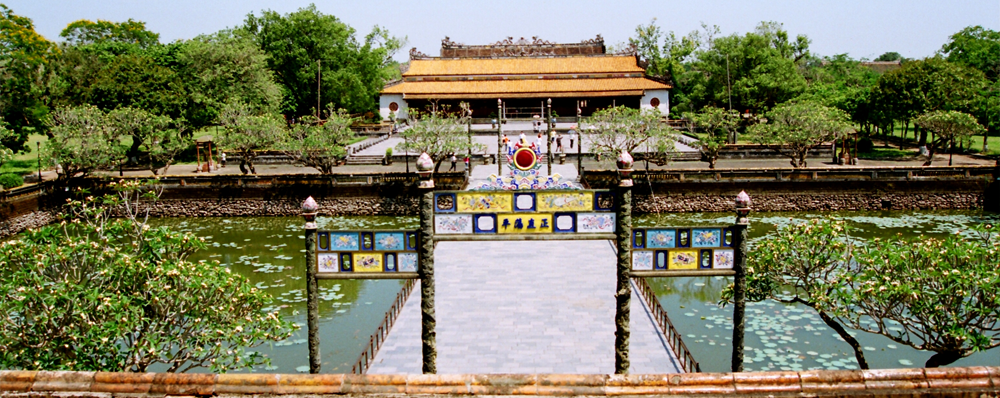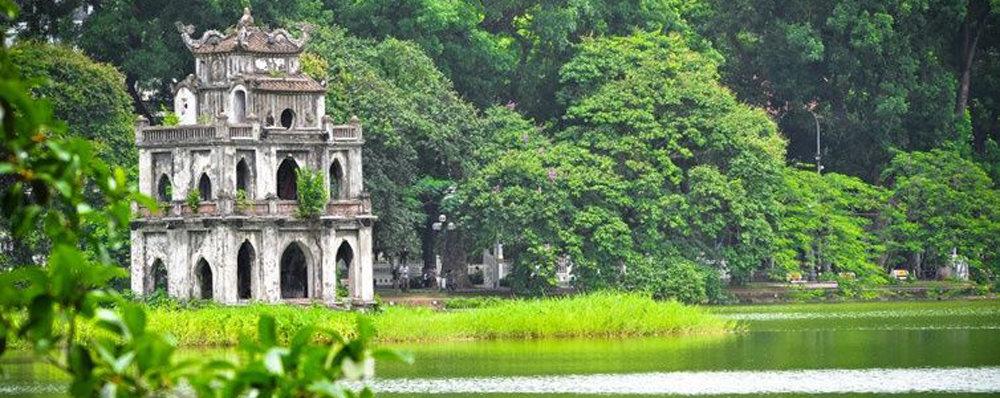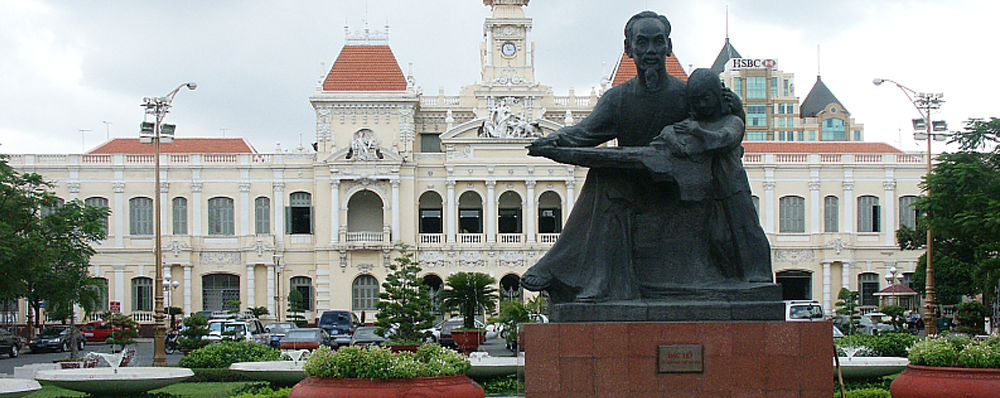




Vietnam Experience Tours 15D14N
Vietnam short tour package - 10D9N
Vietnam budget & short tour 7D6N
Best of Vietnam by train 12D11N
Vietnam - attractive destinations 11D10N
Vietnam Interesting tour 12D11N
Discover Vietnam with Beach relaxing 17D16N
Vietnam highlight & typical tour 11D10N
Economic Vietnam tour 10D9N – SPECIAL DEAL
Vietnam tour: North – Central – South – 10D9N
Hanoi – Sapa – Topas Ecolodge – Halong bay 7D6N trip
8D7N perfect Vietnam North tour
Hanoi - Trang An - Sapa - Halong Bay - 8D7N
Hanoi - Halong Bay - Sapa - 6D5N
Hanoi - Sapa - Halong Bay - 5D4N
Discover Sapa & Halong Bay tour - 8D7N
6D5N New & Special tour in the Vietnam North
Hanoi - Halong Bay - Bai Dinh Pagoda & Trang An - 6D5N
Hanoi-Halong bay-Mai Chau valley-Bai Dinh & Trang An-7D6N
Exhibition on quid of betel chewing custom in Viet Nam
Bài viết liên quan
|
Approximately 60,000 holiday-makers from the Republic of Korea (RoK) have so far this year visited the central province of Khanh Hoa’s Nha Trang city, doubling that of 2013, reported the provincial Department of Culture, Sports and Tourism.
|
|
|
Two Long nao trees, scientifically known as Cinnamomum Camphora, at Bao Dai Palace in the Central Highlands province of Dak Lak officially received the Vietnam Heritage Tree title at a ceremony on December 17.
|
|
Most popurlar tours
Video


